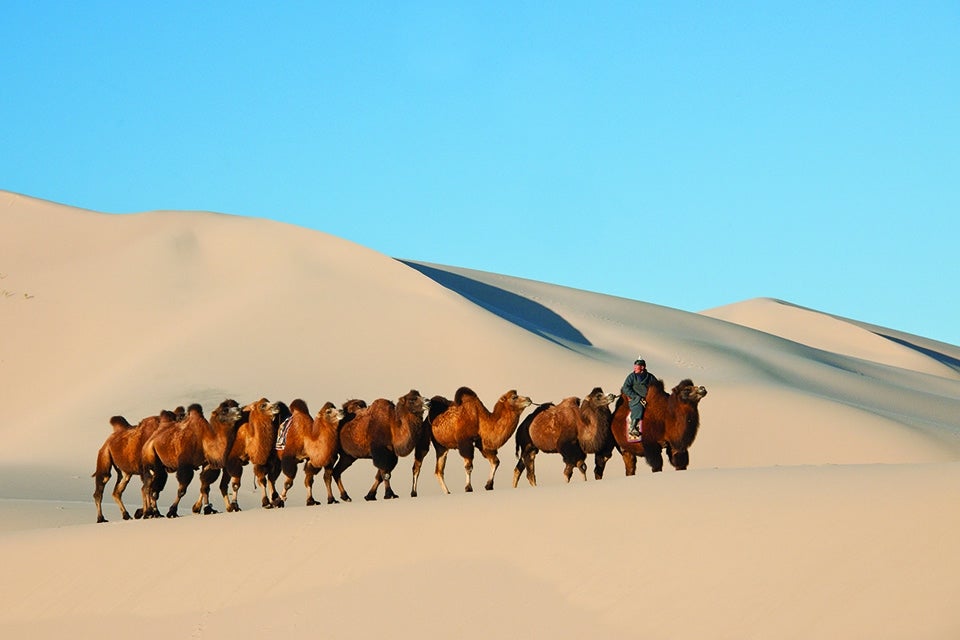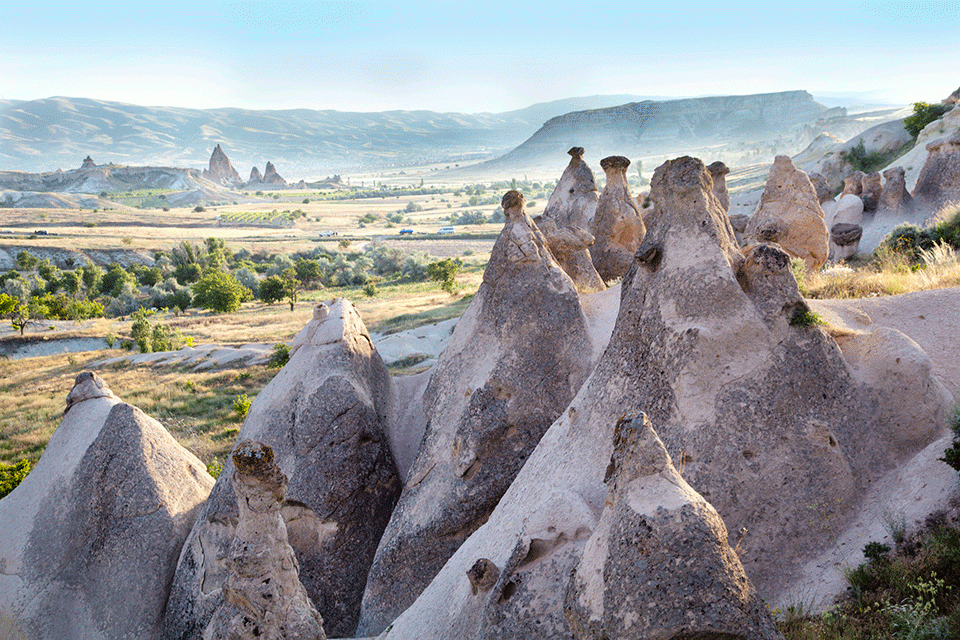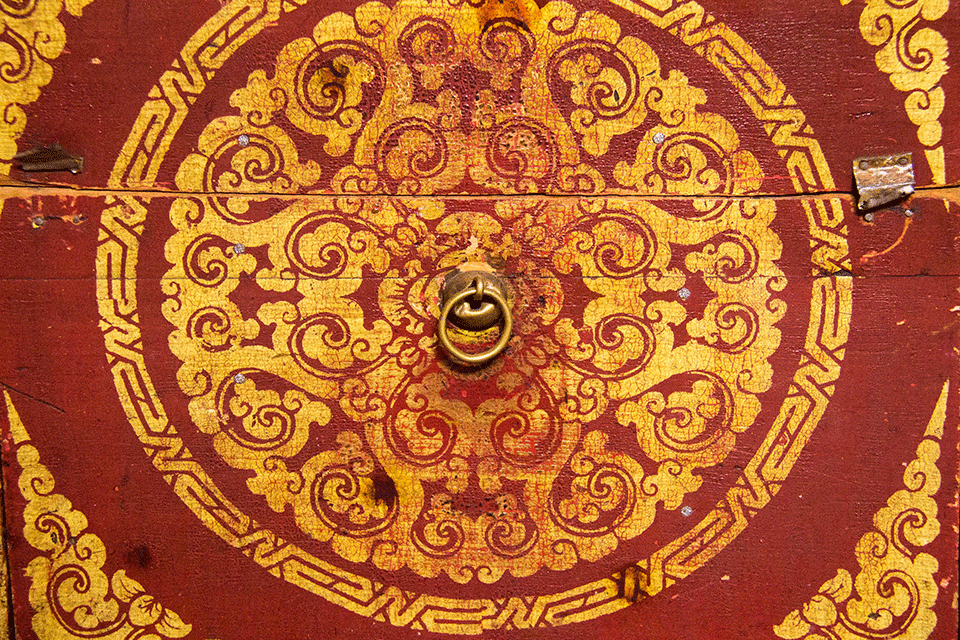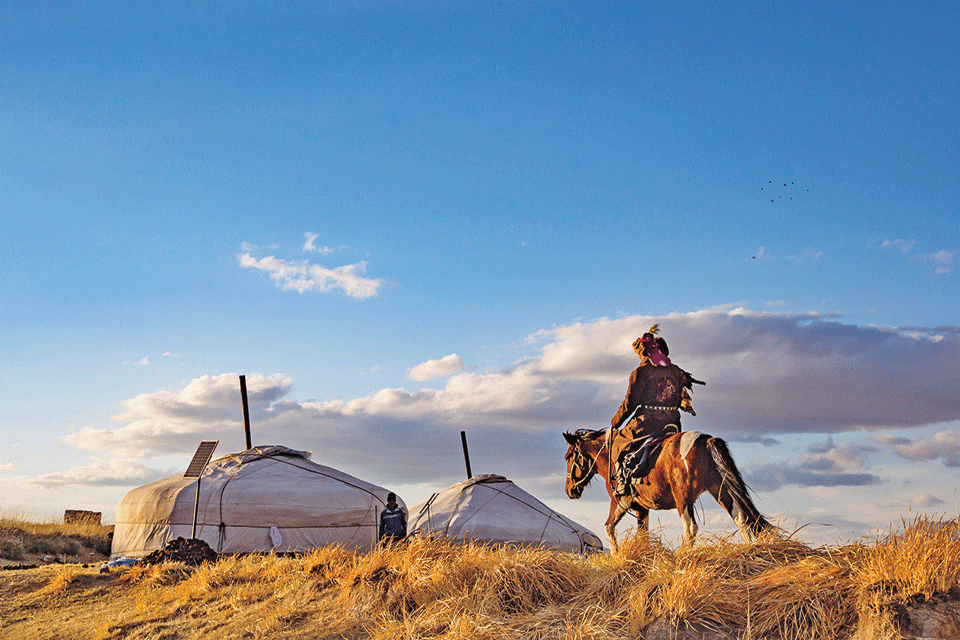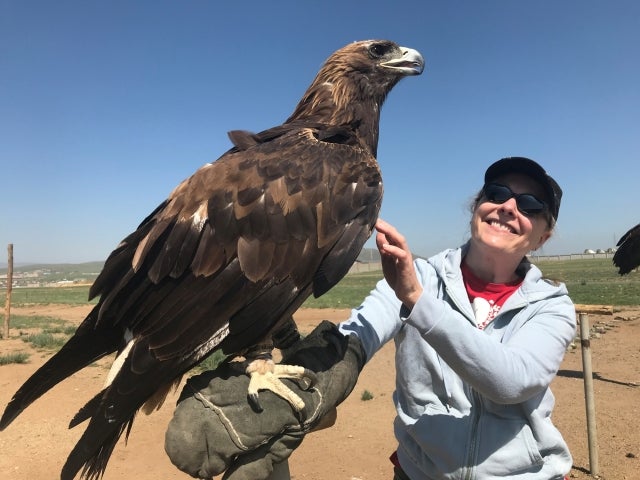Group Size: 10-15 guests
Price: $11,995 per person, double occupancy
Trip Overview
This immersive journey blends vibrant cultural experiences with spectacular natural scenery. In Ulaanbaatar, explore impressive museums and enjoy traditional music and dance. Spot rare Przewalski's horses in Hustain Nuruu National Park, and visit Kharakhorum, the ancient Mongol Empire, as well as the Erdene Zuu Monastery and archaeological sites in the Orkhon Valley. Venture to the dramatic Gobi Desert to explore vast Moltsog sand dunes by camel and the legendary Flaming Cliffs, famous for dinosaur discoveries. Experience a local Naadam festival, showcasing the excitement of traditional wrestling, archery, and horseracing before returning to Ulaanbaatar.
Schedule by Day
Pricing
- $11,995 per person, double occupancy
- $14,675 single occupancy
Accommodations
- Two nights at the Shangri-La Hotel in Ulaanbaatar (Deluxe Rooms)
- Three nights at Silk Road Ger Camp (Deluxe Gers)
- One night at a tent camp at Ongiin Hiid
- Four nights at Three Camel Lodge in the Gobi Desert
- One night at the Shangri-La Hotel in Ulaanbaatar (Deluxe Rooms)
What to Expect
This moderately active trip includes overland drives of two to four hours on dirt roads similar to mule trails. To make the ride as comfortable as possible, we use Toyota Land Cruisers in the countryside.
During the trip, you will stay in local ger camps, the felt and canvas tents with latticed walls that are the traditional homes of nomadic Mongolian herdsmen. The beds are comfortable and clean, with mattresses on elevated wooden frames. Your meals, which consist of three- to four-course menus, are served in the camp dining room. For the HAA trip, the Deluxe Gers at the camp in Karakorum and at Three Camel Lodge all have private bathrooms. The tent camp at Ongiin Hiid only has central facilities, and it is not possible to upgrade to private facilities. (The region between Kharakhorum and the Gobi Desert is one of Mongolia’s least developed, and available accommodations reflect the remote and authentic nature of the journey. We break up the long and beautiful overland drive with an overnight stay at a basic tented camp near Ongiin Hiid—a simple but memorable opportunity to experience Mongolia’s solitude and starry skies. While comfort standards are lower here, this provides welcome respite from a full day on the road and allows for a longer visit to this historic site. Travelers should be comfortable with basic facilities and the spirit of adventure that the region inspires.
Visits to museums, monasteries, and other attractions require standing or walking for up to two hours. Also expect to walk on uneven and rocky surfaces while exploring the Gobi and central Mongolia. It is a good idea to dress in layers, as temperatures can fluctuate between the mid-40s and mid-70s °F, with the possibility of rain. A comfortable and sturdy pair of walking shoes with good grip is recommended for this trip. More demanding activities, such as horse and camel rides, are optional.
